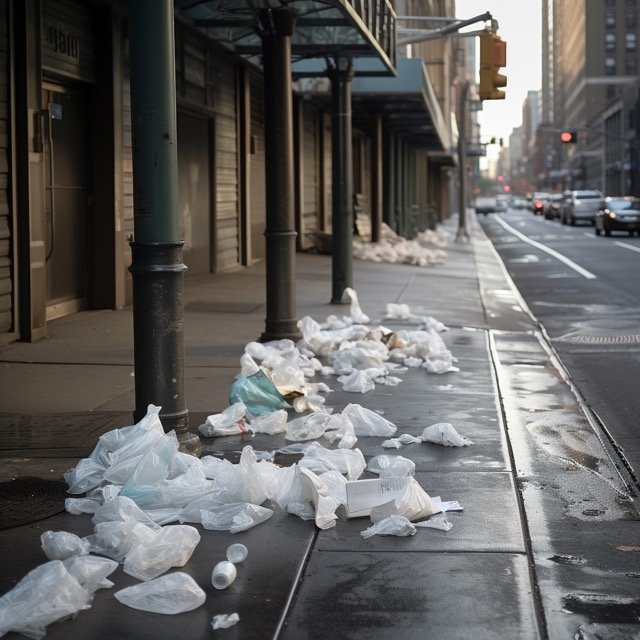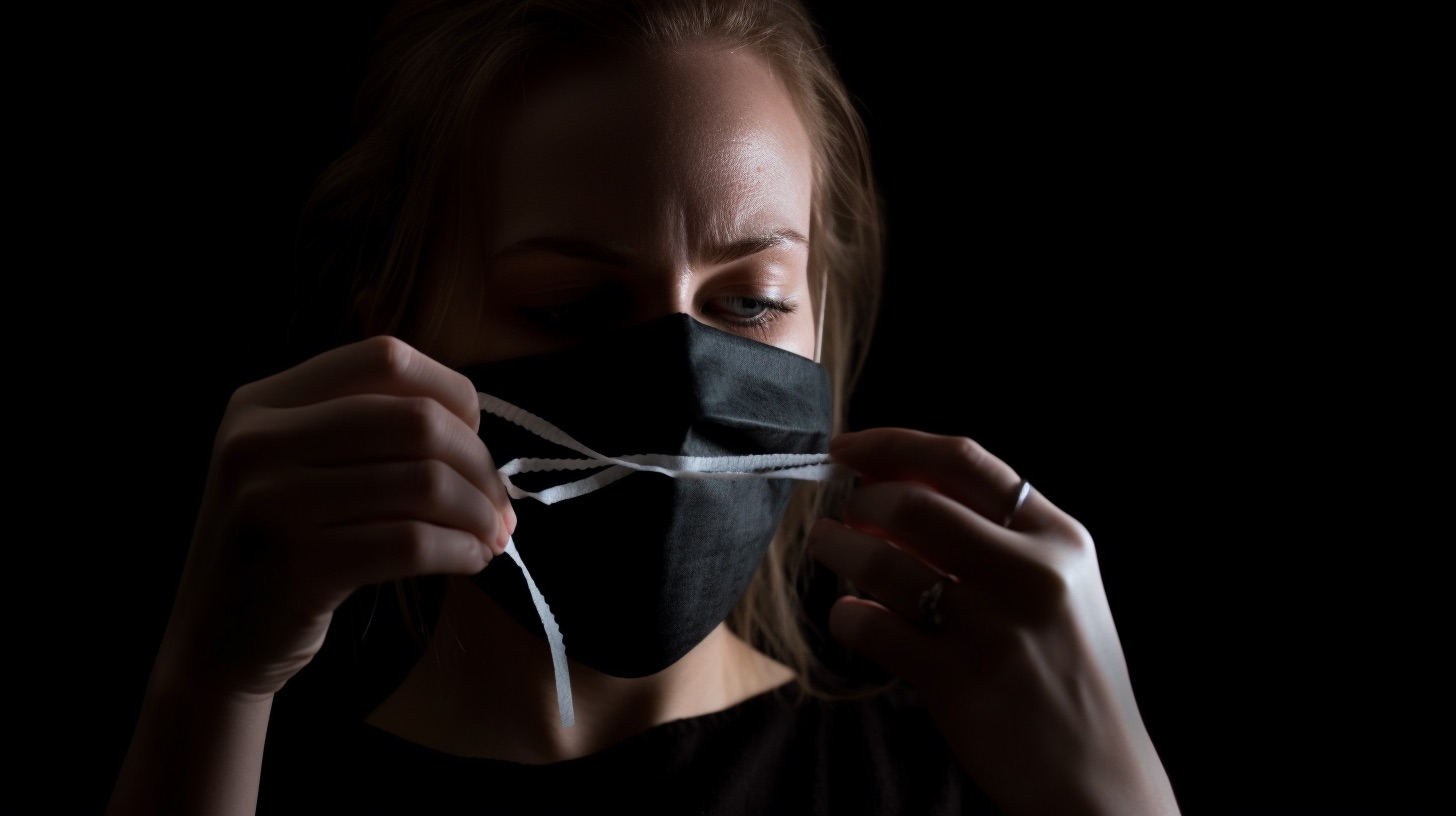Face masks have become a ubiquitous accessory in our everyday lives. These masks have played a crucial role in curbing the spread of illness, but they’ve also created an unintended environmental issue begging a response as to how to reduce face mask pollution.
The surge in disposable face mask usage has led to an increase in pollution, with masks littering streets, parks, and water bodies. Unfortunately, this pollution has had a significant impact on wildlife.
One simple step we can all take to minimise harmful mask clutter is to cut the strings of face masks before discarding them.
The Problem: Mask Pollution and Wildlife
The ear loops or strap strings of disposable face masks pose a significant threat to animals, particularly birds.

When masks are not disposed of correctly, they easily end up in natural habitats where birds and other animals become entangled in the straps. This can lead to severe consequences, as trapped animals may be unable to walk, fly, or even feed themselves. In most cases, the constriction caused by the straps will result in injury or slow, painful death.
The situation is so bad that researchers expect face mask pollution to negatively impact wildlife for years to come.
It’s not just birds that are at risk, though. Marine animals are also vulnerable to the dangers of face mask pollution. Masks that end up in the ocean can be mistaken for food by sea creatures, leading to ingestion and potential harm to their digestive systems. Additionally, entanglement in the straps can cause marine animals to become trapped, immobilised, or injured.
Taking Action: Cutting the Strings of Your Masks
How to reduce face mask pollution then? It’s so easy.
To protect animals from the dangers posed by face mask pollution, we can all take a simple yet effective step: cutting the strings before throwing them out.
This small act significantly reduces the risk of entanglement and subsequent harm to wildlife. By severing the straps, we are minimising the chances of animals getting caught in them, making our discarded masks less hazardous.
Cutting the loops of your mask before discarding is so easy:
- Lay the mask flat on a surface with the ear straps extended.
- Using a pair of scissors, cut each ear strap.
- Dispose of the mask and the cut straps in a designated waste bin or a sealed bag to prevent them from being scattered by wind or animals.
How to Reduce Face Mask Pollution by Disposing Responsibly
While cutting the ear loops of face masks is a crucial step in minimising harm to wildlife, it’s essential to consider the bigger picture.
We should also be promoting responsible mask disposal habits and raising awareness of the issue among friends, family, and our broader communities. Here are some ways you can help:
- Share information on the dangers of mask pollution and the importance of cutting mask strings on your social media platforms.
- Encourage your local community to install designated mask disposal bins in public spaces.
- Support organisations and initiatives that focus on wildlife conservation and reducing plastic pollution.
No, It’s Not OK to Flush Face Masks Down the Toilet
Another critical aspect of responsible face mask disposal is remembering that face masks are not flushable. When looking at how to reduce face mask pollution, we need to keep in mind that many people mistakenly flush disposable masks down the toilet. This causes blockages in sewer systems and increasing the risk of masks ending up in rivers and oceans.
In fact, face mask pollution in the ocean is grave, with over 1.6 billion face masks winding up at sea in 2020 alone.
I can’t tell you how many times the mains to my block of flats got bunged up during the first year of the pandemic. It was because people in the building were throwing their masks in the toilet.
Flushing masks is an improper and irresponsible disposal method that exacerbates the pollution problem and further threatens wildlife. They don’t belong on the streets, either.

So after you cut the strings of your mask, always dispose of face masks in a designated waste bin. By doing so, you’ll be taking an essential step in preventing masks from entering our water systems and contributing to the pollution that harms our environment and wildlife.
By doing these two very simple things, we can help minimise the harm to animals and contribute to a cleaner, safer world with a more sustainable future.


![PURE GEM [Pack of 100] Single Use Disposable Blue Face](https://m.media-amazon.com/images/I/51k8JL9QgbL._SL500_.jpg)




Leave a Reply